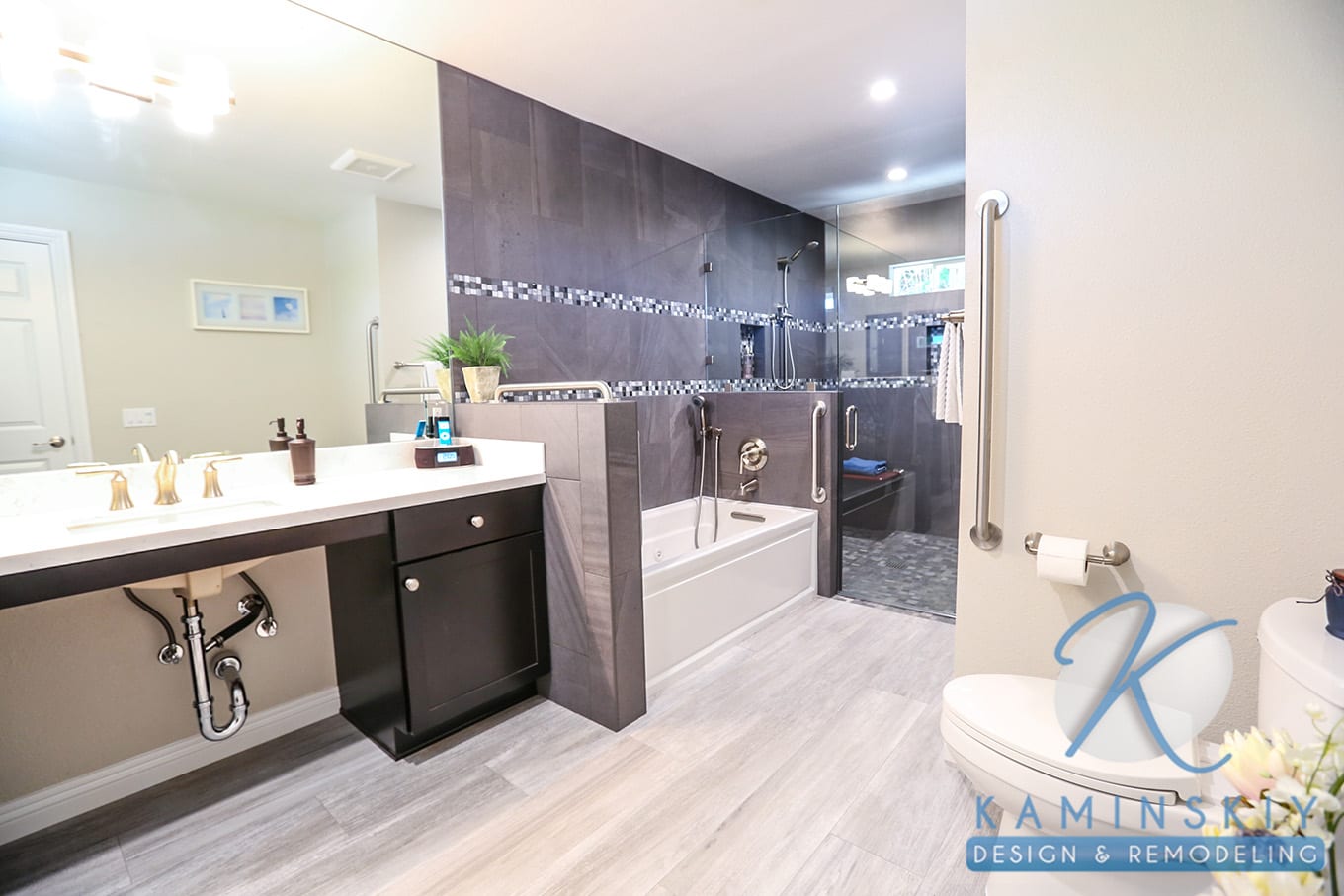
Designing a home for aging in San Diego allows individuals to maintain their independence and comfort as they grow older. As the population of adults aged 65 and older in the United States continues to grow, planning for the future and creating living spaces that accommodate changing needs becomes increasingly important.
By understanding the concepts of aging in place, assessing your home for aging readiness, and implementing design modifications, you can create a functional space that fosters a safe and comfortable living environment for years to come.
In San Diego, where the climate is generally mild, specific considerations must be made for unique regional challenges such as wildfires and potential earthquake risks. To address these concerns, it is crucial to collaborate with experienced professionals knowledgeable in local requirements and design strategies. Selecting the right team of architects, interior designers, and contractors is essential to ensure your home remains suitable for aging in place while meeting necessary safety standards.
Planning for future needs is crucial when designing a home for aging in place. Factors such as potential healthcare needs, financial considerations, and potential family or caregiver support should be taken into account, allowing for seamless integration of resources as circumstances change. By incorporating strategies for aging in place in your San Diego home design, you can ensure a comfortable and accessible living space that reflects your unique lifestyle and preferences.
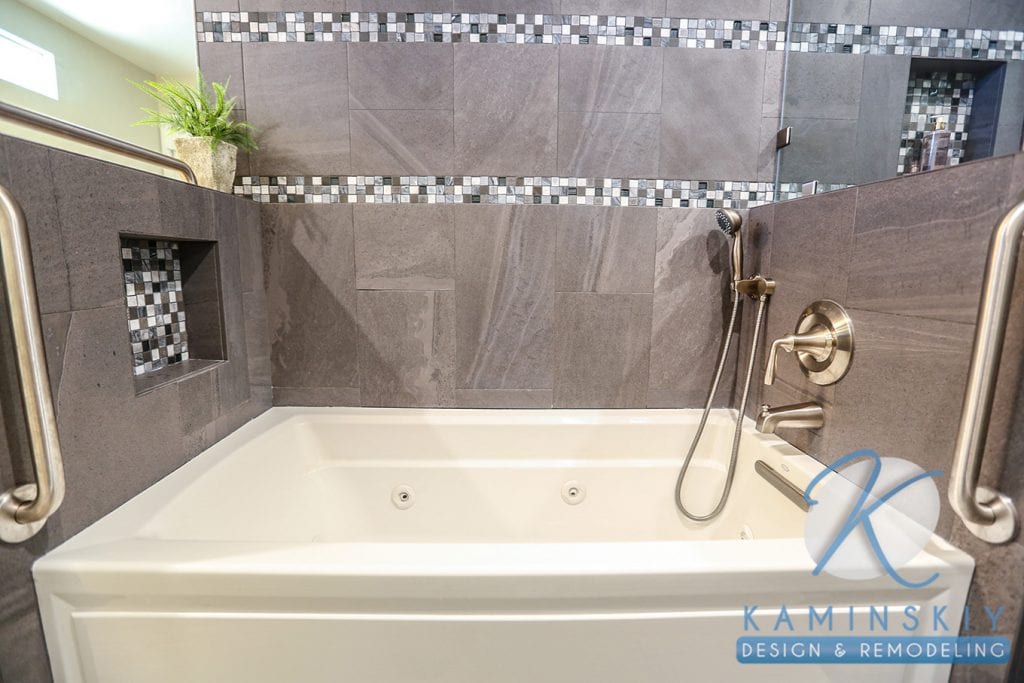
Aging in place refers to seniors living in their homes comfortably and safely for as long as possible. With its diverse population and a growing number of older adults in San Diego, designing homes for aging in place is becoming increasingly important. This approach revolves around universal design principles, ensuring that people of all ages and abilities can use a home effectively.
Some key elements of universal design for aging in place include:
By integrating these features into your San Diego home, you are not only creating a more accessible living space for yourself but also making your home more appealing to a broader range of potential buyers.
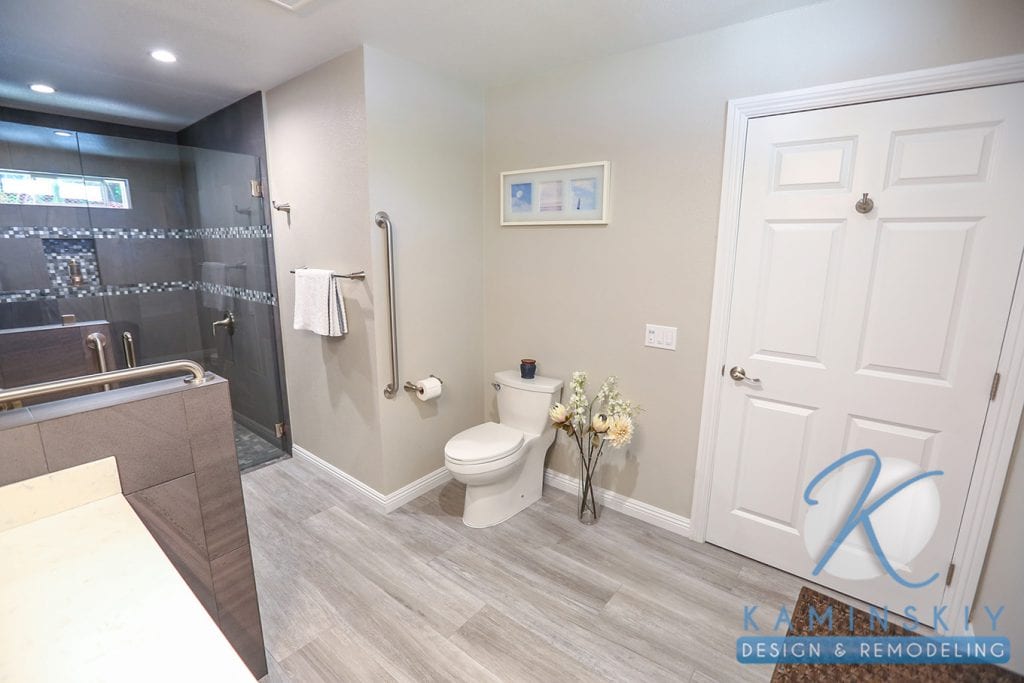
There are numerous benefits for seniors who choose to age in place in San Diego, some of which are:
Understanding the concept of aging in place and its benefits for seniors in San Diego is crucial. As a homeowner, incorporating universal design elements can help accommodate the changing needs of yourself or your loved ones
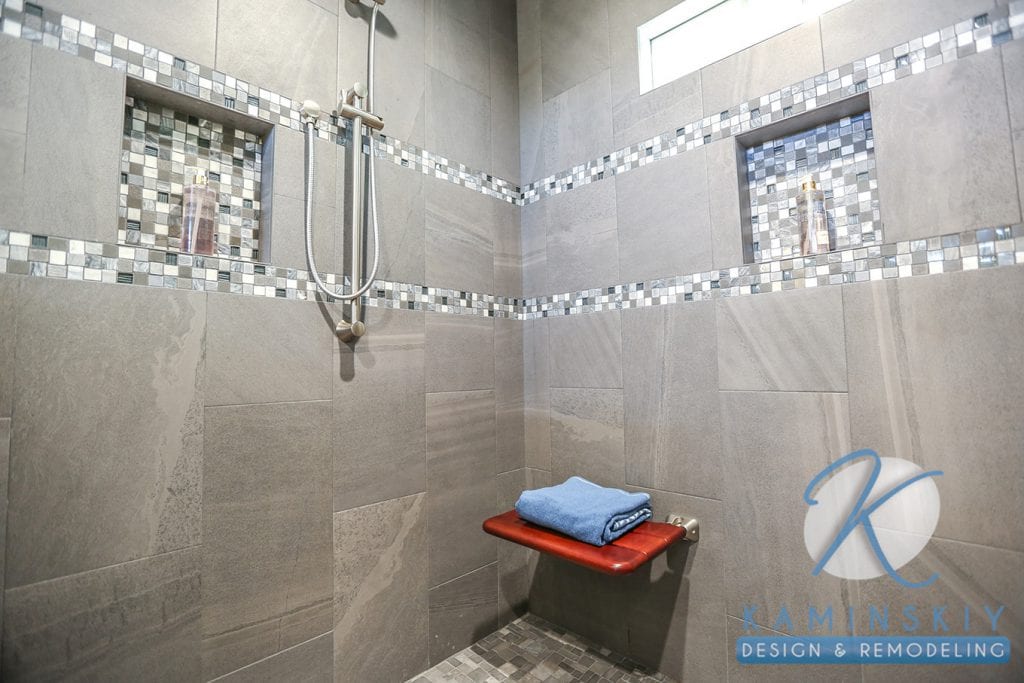
When designing a home for aging in place in San Diego, it’s crucial to assess your home for safety and access features. These considerations help ensure the home remains suitable for those with limited mobility or other age-related challenges.
Start by reviewing the barrier-free elements in your home: doorways should be at least 36 inches wide with easy-to-grasp lever handles, while thresholds should be flush or no higher than 1/4 inch if beveled and 1/2 inch if tapered. Evaluate the living space and accessibility of essential facilities, such as a walk-in shower or a ground-floor bedroom. Consider the installation of ramps and lever-style door handles.
Perform a functionality audit to ensure each room in your home is optimized for aging in place. Key elements to examine include:
These assessments can be accomplished using various home assessment tools available for professionals and individuals. By being proactive with your home evaluation, you play a vital role in creating a safe, accessible, and functional space that supports aging in place.
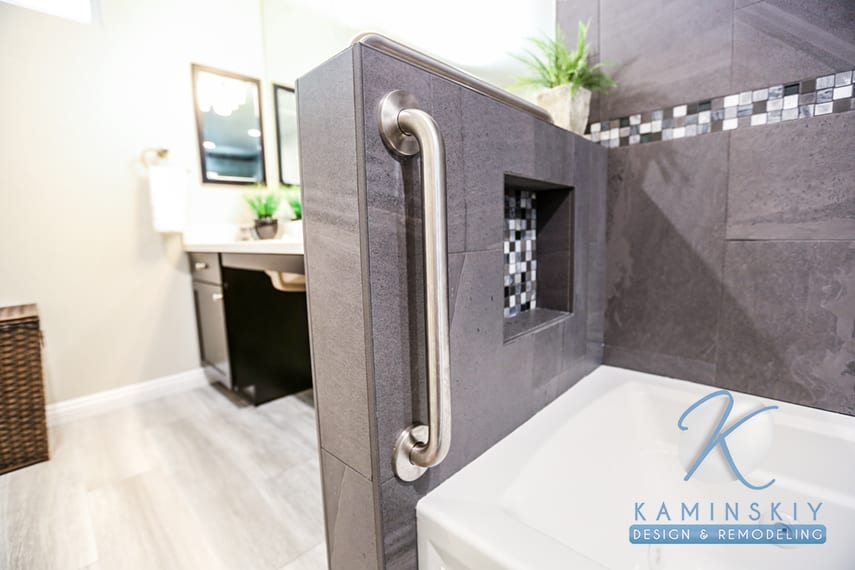
Improving bathroom safety is crucial when designing a home for aging in place. One first step is installing grab bars near the toilet, bathtub, and shower to prevent falls. You should also consider installing a walk-in bathtub or a curbless shower to make it easier to enter and exit. Non-slip flooring is essential for reducing the risk of slips and falls. Additionally, consider mounting a handheld showerhead and installing a shower seat to make showering more comfortable and accessible.
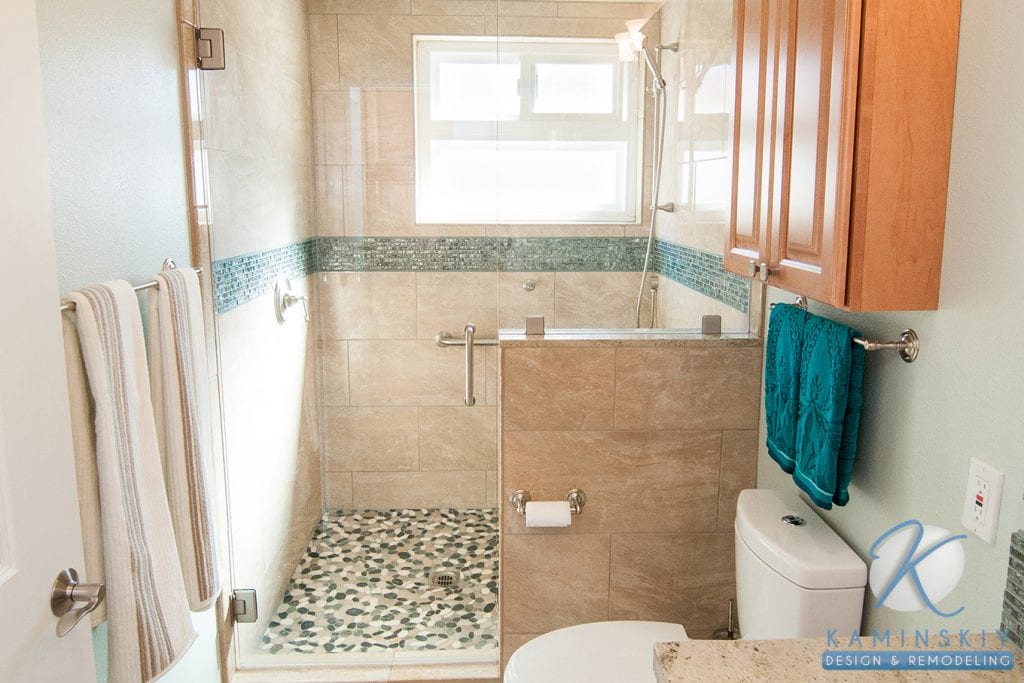
To make your kitchen more aging-in-place friendly, you should begin by remodeling the kitchen to create a more functional and accessible space. That may include installing pull-out shelves and drawers, adjusting countertop heights, and ensuring the sink and cooking area are easy to reach. Opt for adjustable or lever-style handles on faucets, making them more straightforward. D-shaped cabinet and drawer pulls are more comfortable to operate than traditional round knobs or handles.
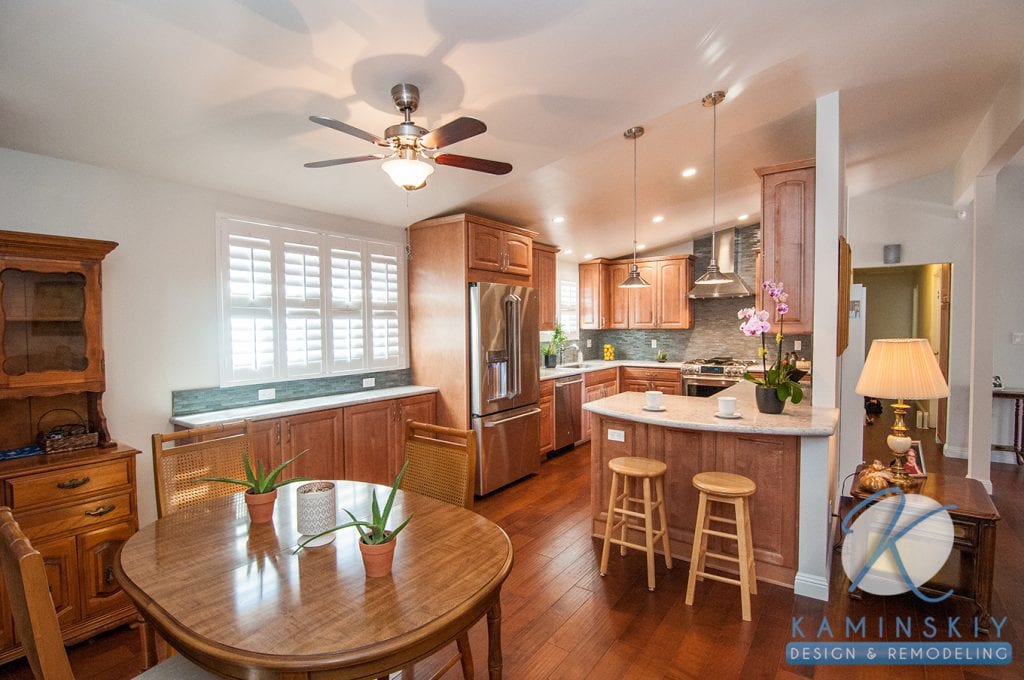
A significant aspect of an aging-in-place design is universal design, of which flooring and lighting are essential components. Choose slip-resistant flooring options, such as non-slip vinyl or textured laminate, to reduce the risk of falls. Avoid high-gloss or highly polished finishes. Additionally, ensure ample lighting throughout the house, especially in hallways, stairways, and areas where tasks are performed. Large windows and well-placed light fixtures can make the home brighter, improving visibility and safety. Consider the use of motion-sensor lights for added convenience.
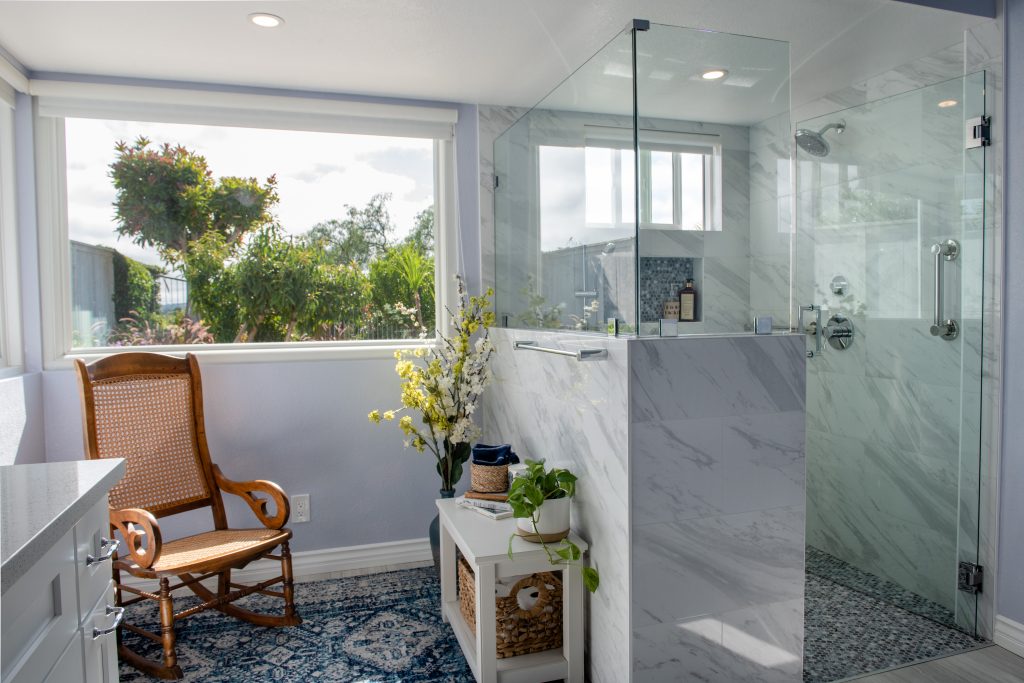
When planning for aging in place, working with a licensed contractor with experience designing and remodeling homes for seniors is essential. An experienced whole home remodeling contractor in San Diego can help you create a professional plan and implement the necessary changes to make your space suitable for aging in place.
Some critical considerations for selecting a contractor include:
In addition to hiring a licensed contractor, it’s also crucial to collaborate with Certified Aging-in-Place Specialists (CAPS). These professionals are trained in the unique needs of seniors and can help you design a home that promotes independence, safety, and comfort throughout the years.
A specialist can assist you by:
For the best outcome, choose a team that includes a licensed contractor and a certified aging-in-place specialist, such as Kaminkiy Design and Remodeling. This way, you can ensure your home is designed with expertise and constructed to meet your specific aging needs in San Diego.
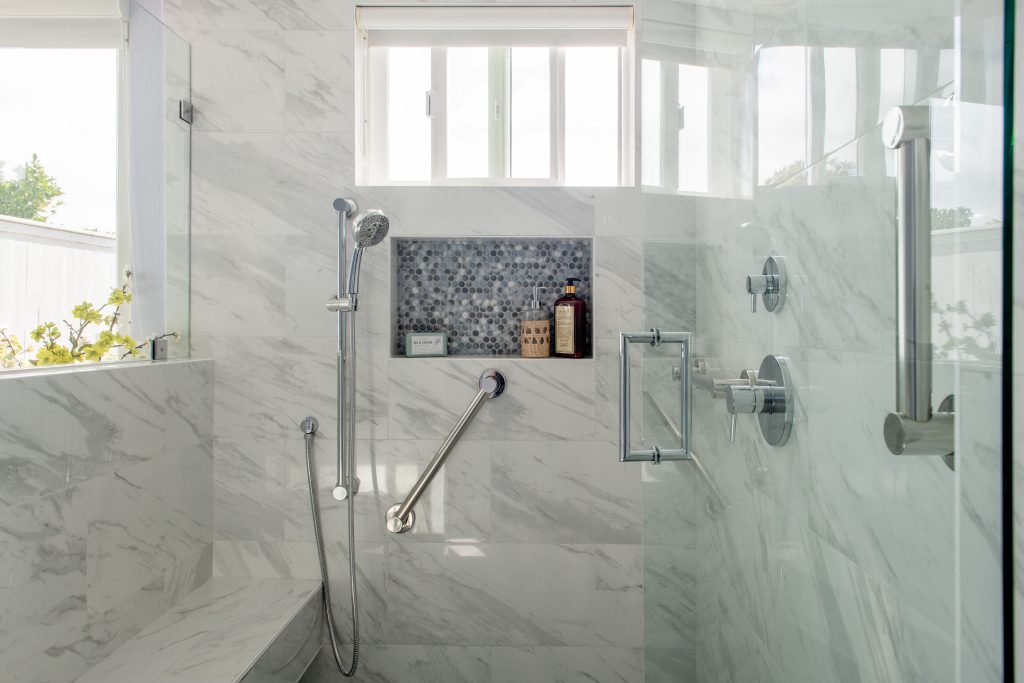
As you plan for aging in place, it’s essential to think about incorporating universal design elements in your home. Universal design is an approach that focuses on making spaces accessible and functional for everyone, regardless of age or physical ability. Some key elements to consider include:
In addition to universal design, it’s vital to plan for the integration of mobility aids and medical equipment into your home design. Some considerations include:
When creating your home plans, consider working with a professional custom home builder in San Diego to ensure all your future needs are met through a thoughtful design. By focusing on accessibility, comfort, and ease of mobility, you can create a home that will allow you to age in place and maintain your independence in the long term.
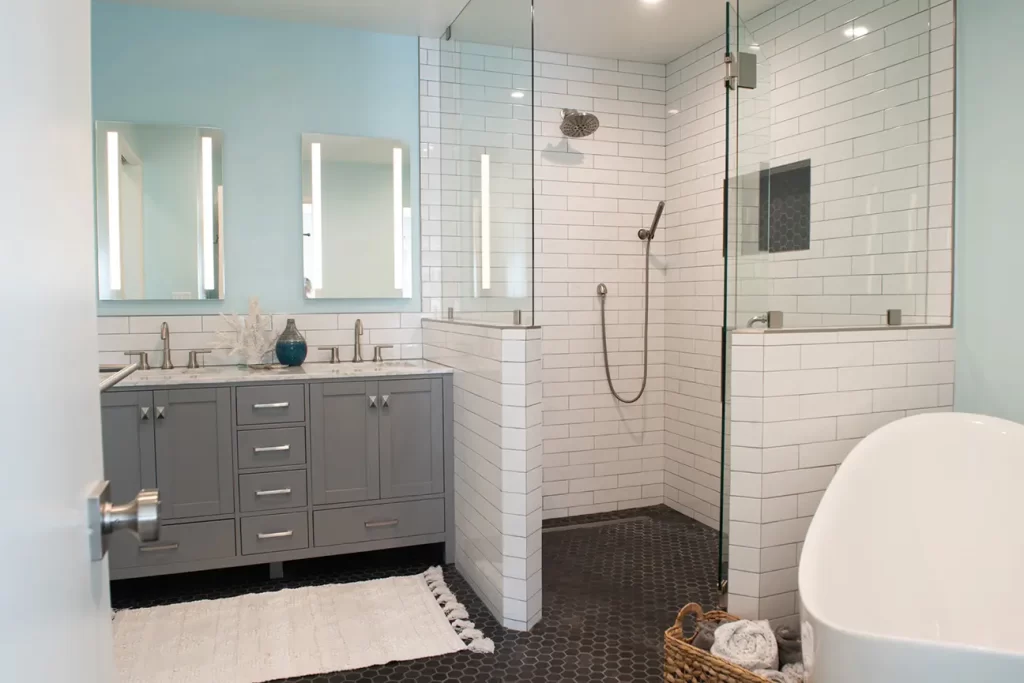
Your home should have wider doorways, better lighting, and non-slip flooring to accommodate aging in place. A step-free entryway, easily accessible switches and outlets, and lever-style door handles are also beneficial. Consider incorporating universal design principles to make your home accessible to people of all ages and abilities.
For a senior-friendly home, consider bathroom modifications, such as grab bars, raised toilet seats, and shower chairs. These additions can range from $27 to $85 for raised toilet seats and $50 to $300 for shower chairs. In the kitchen, ensure adequate lighting and accessible storage. Stairlifts can also be a valuable addition, ranging from $2,000 to $5,000 for straight stair lifts.
Universal design principles promote accessibility for people of all ages and abilities, making it easier for seniors to age in place. These principles aim to create an inclusive living environment by addressing various needs, such as wider doorways, lower countertop heights, and adaptable storage systems.
When remodeling for elder accessibility, consider slip-resistant flooring, adequate lighting, and easy-to-use door handles and controls. Addressing potential hazards such as stairs, sharp corners, and slippery surfaces is essential. Prioritize modifications in high-risk areas like bathrooms and kitchens.
Firstly, assess the main living spaces for accessibility. Remove tripping hazards such as rugs and uneven flooring. Install handrails and grab bars strategically, and consider ramps or stair lifts for multi-level homes. Thoughtful modifications to the kitchen and bathroom can make daily living activities more manageable for aging occupants.
Professional services like Kaminskiy Design & Remodeling in San Diego specialize in aging-in-place home designs. They focus on creating “forever homes” that can accommodate your needs as you age, offering free consultations and a range of services to ensure a comfortable home for your golden years.

Kimberly Villa is a recognized expert in the Home Design and Remodeling industry. Her passion for the industry is matched only by her love for sharing insights, new trends, and design ideas. Kimberly’s expertise and enthusiasm shine through in her contributions to the Kaminskiy Design and Remodeling website blog, where she regularly shares valuable information with readers.